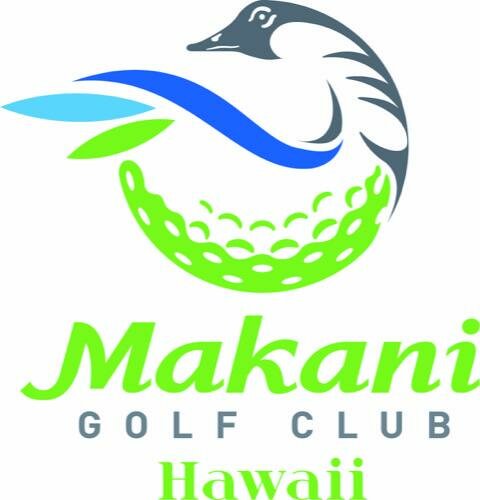Foot care
Written by Dr. Josh Mularella, DO, FACEP, FAWM, DTM&H - Medical Director, G2G & M2M
The above quote aptly summarizes my experience in the G2G medical tent over the past six years. Despite my best efforts, most of you will get blisters. Even those runners who insist they “never get blisters” will inevitably hobble into the medical tent at some point. But blisters are entirely preventable.
I am not going to discuss all the different ways to prevent/treat blisters. This is an individualized approach and what works for one runner won’t necessarily work for you. There are MANY resources out there on foot care for runners. I personally recommend THE book on foot care, called “Fixing Your Feet” by John Vonhof. This should be required reading for all runners at G2G. You can get through it in a day, and will be time much better spent than going on yet another long run.
My top recommendations for blister prevention at G2G are:
● Trim your toenails short
● Wear shoes that are broken in and comfortable - realizing that your feet will swell throughout the week and therefore you may need a larger size than usual
● You need pressure/friction to get a blister, so get rid of pressure/friction!
○ Keep sand out of your shoes (easy, right?)
○ Modify your shoes to avoid any pressure spots
○ Try different types of socks to find what works best for you
○ Consider lubricants or pre-taping if you are especially prone to blisters
● Address hot spots EARLY before they become blisters
● Your blister kit needs to be readily accessible out on the course, NOT at the bottom of your pack!
It bears repeating that G2G is a SELF-SUPPORTED RACE. This means you should prepare for this race, and run this race, as if there was no medical team.
Uh oh, you got a blister! Now what?
Back home if you get a blister you may leave it alone since any break in the skin introduces the risk of infection. But at G2G blisters are painful and if untreated will continue to get worse. They could even end your race. We therefore recommend draining all blisters.
General blister management:
● Clean the blister with an alcohol pad
● Use a large (clean/sterile) needle or safety pin to poke a few holes in the blister (or through the nail)
● Drain out all the fluid
● Dry the area
● If the blister is unroofed, apply a colloidal bandage (if you have one)
● Tape that area to avoid further friction and blister formation
● DO NOT remove the tape once applied. If needed you can pop the blister again through the tape.
I have experimented with many types of tape for blister care over the years. Ideally it should be smooth, thin, stretchy (to not alter your gait) and stick really well. The best tape I have found by far is kinesiology tape, especially the “extra sticky” (formerly known as H2O) tape from Rock Tape. And it looks cool!
You are each required to carry a blister kit with you at G2G (and know how to use it). If you seek care at a checkpoint or the medical tent, you need to bring that kit with you.
I get asked a lot about what should go in your blister kit… here is what I would bring:
● 2” Rock Tape extra sticky black logo tape (for feet)
● 4” Rock Tape extra sticky black logo tape (to pre-tape my back/shoulders)
● Although not required, something to help the tape stick even more such as Mueller pre-tape spray (what we use in the medical tent - good to pre-tape before the race) or some type of liquid adhesive such as tincture of benzoin can be REALLY helpful
● Some type of colloidal bandage for unroofed blisters
● Alcohol pads
● Safety pins or needle
● Small pair of scissors
In 2019 you will each be given a free Blister kit from Trail Toes. If you plan on using this kit, you need to know what is in the kit, and how to use the different items. Modify it to suit your needs… change the tape if you want, add some needles, take something out entirely. It’s your kit, just know how to use it.
Final plea from your medical director...
The medical team is VERY busy at G2G. We are out on the course all day long. When we get back to base camp, when other volunteers are off eating dinner and relaxing, we are just getting to work in the medical tent. We are primarily at G2G for emergencies and to make sure everyone finishes safely. We want all of you to finish, we really do, but we can not (and will not) tape all of your toes for you. We will certainly help you when needed, especially drilling toenails! But G2G is SELF SUPPORTED and you need to do the majority of foot care on your own.
A few helpful reminders:
● There is no foot care at checkpoints (we are too busy)
● There are set hours for the medical tent (we need to sleep too) - if we don’t get to you then we don’t get to you
● Medical issues get priority over foot care
● There is no medical care in the morning (unless we tell you otherwise) since the medical team is busy packing up and getting out on the course
● You need to bring your blister kit with you when seeking help
● If we tape your feet, leave the tape on!
● The medical tent typically closes after the long stage until dinner (we have been up all night and need rest too).
● And lastly, we WILL run out of tape, usually by stage 4. So be prepared!
Conclusion
Blisters can ruin your time at G2G. Fortunately you still have almost a month to prepare. Do your homework, practice treating blisters on yourself and others, and I look forward to meeting you all in Kanab!
And as always, if you have any questions/concerns please feel free to email me at This email address is being protected from spambots. You need JavaScript enabled to view it. . You can also check out the G2G/M2M Medical Corner.











 share this page
share this page







